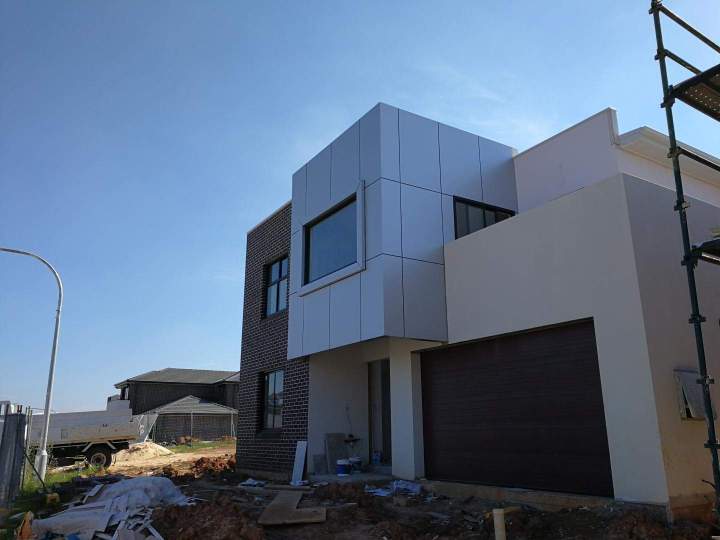When Should I Choose Partial Recladding Versus A Full Reclad?

Deciding between partial and full recladding depends on the extent of damage, budget constraints, and desired outcomes. Understanding the nuances of each approach is key to making an informed decision for your building's facade.
Opting for Partial Recladding: Specific Issues and Budget
Partial recladding is a strategic approach where only specific sections or areas of a building's facade are replaced, rather than the entire exterior. This option is typically chosen when the damage or issues are localized and clearly identifiable, affecting only a particular elevation, a single wall, or specific areas around windows or balconies. For instance, if moisture ingress is confined to one side of the building due to prevailing weather conditions, or if only certain panels show severe degradation, partial recladding can be a cost-effective solution. This approach is significantly more budget-friendly than a full reclad, as it minimizes labor and material costs. It also causes less disruption to the building's occupants, as the work is concentrated on smaller areas.
However, it’s crucial that a thorough inspection confirms the damage is indeed isolated and that other parts of the cladding are still in good condition and meet current safety standards. If the untouched sections are likely to fail soon, or if a complete aesthetic overhaul is desired, partial recladding might only offer a temporary fix. It's a viable option for targeted repairs, but it requires careful assessment to ensure you're not simply delaying a more comprehensive solution. TD Cladding Supplies Pty Ltd can provide expert evaluations to determine if partial recladding is the most suitable and sustainable choice for your specific situation.
Choosing a Full Reclad: Comprehensive Benefits and Long-Term Value
A full reclad involves the complete removal of all existing exterior cladding and the installation of an entirely new facade system. This comprehensive approach is warranted when the existing cladding is extensively degraded, poses significant safety risks (such as fire hazards), or if there are widespread issues like moisture penetration, mold, or structural damage that cannot be addressed with localized repairs. A full reclad offers the opportunity for a complete building envelope upgrade, including the installation of new weather-resistant barriers and continuous insulation, leading to a dramatic improvement in energy efficiency and a reduction in long-term operating costs.
This is also the ideal time to ensure the building complies with all the latest building codes and fire safety regulations, providing peace of mind and enhanced occupant safety. Beyond performance, a full reclad provides the ultimate aesthetic transformation, allowing for a complete redesign of the building's exterior. This can significantly increase the property's market value and curb appeal, attracting new tenants or buyers. While a full reclad represents a larger initial investment and more significant disruption, it delivers the most robust, durable, and long-lasting solution, essentially giving the building a new lease on life. The comprehensive approach and high-quality materials offered by TD Cladding Supplies Pty Ltd ensure that a full reclad is a valuable and sustainable investment in your property's future.